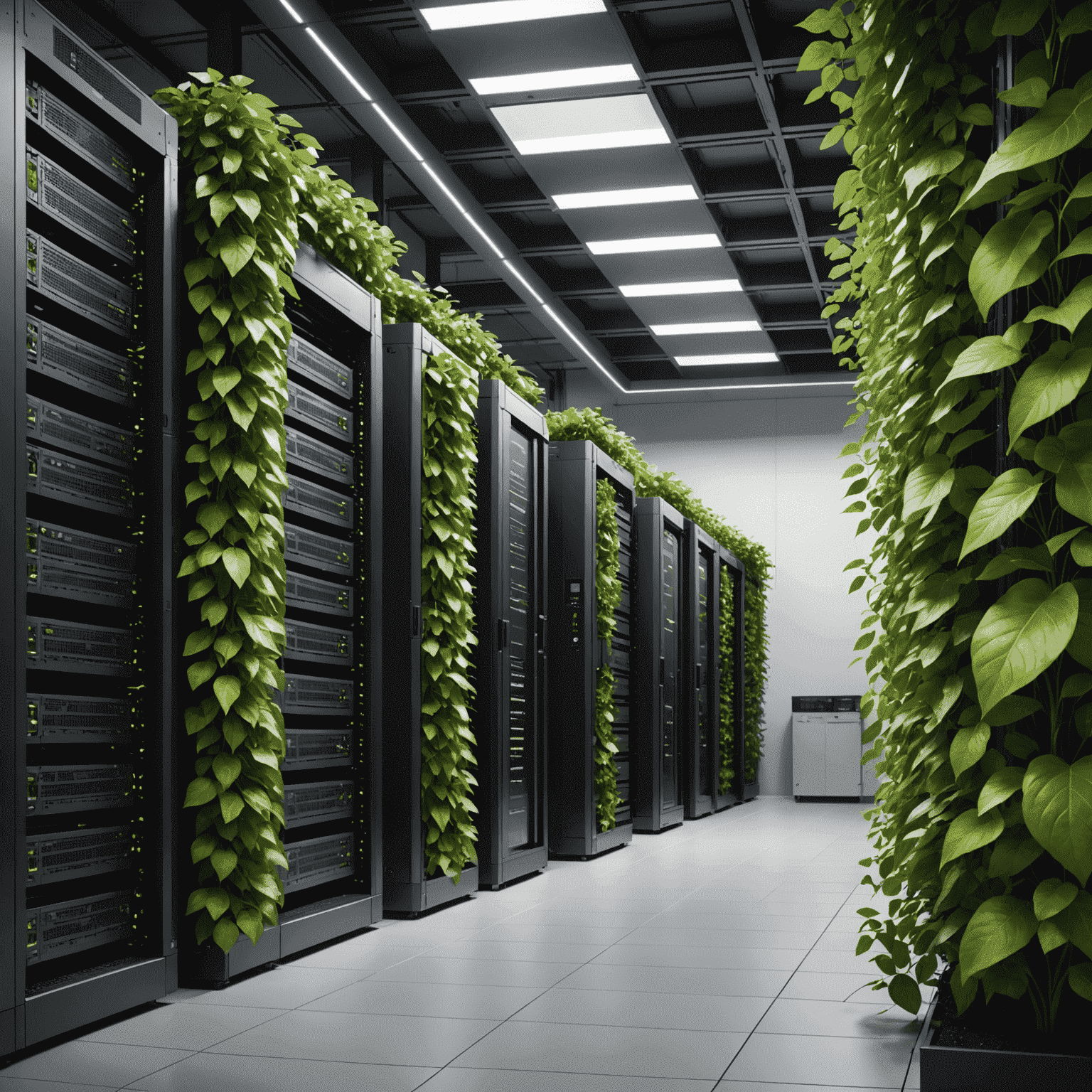The Future of Green Computing

In an era where technology permeates every aspect of our lives, the concept of green computing has never been more crucial. As we face unprecedented environmental challenges, the tech industry is pivoting towards sustainable solutions that promise to revolutionize how we interact with and utilize computing resources.
Eco-Friendly Hardware: The Foundation of Sustainable Computing
The journey towards green computing begins at the hardware level. Manufacturers are now focusing on creating devices that are not only powerful but also energy-efficient and environmentally friendly. Some key innovations include:
- Low-power processors that deliver high performance while consuming minimal energy
- Sustainable materials in device construction, reducing the carbon footprint of manufacturing
- Modular designs that facilitate easy repairs and upgrades, extending device lifespan
- Energy-efficient cooling systems for data centers, dramatically reducing power consumption
Energy-Efficient Software: The Invisible Green Revolution
While hardware improvements are tangible, software optimization plays an equally critical role in green computing. Developers are now prioritizing energy efficiency in their code, resulting in:
- Algorithms designed to minimize computational resources
- Cloud-native applications that optimize server utilization
- AI-powered systems that manage power consumption in real-time
- Software-defined power management for enterprise environments
The Impact of Green Computing on Global Sustainability
The adoption of green computing practices has far-reaching implications for global sustainability efforts:
- Reduced carbon emissions from IT operations
- Decreased e-waste through longer-lasting and recyclable hardware
- Lower energy costs for businesses and consumers
- Alignment with global climate goals and regulations
The Road Ahead: Challenges and Opportunities
While significant strides have been made in green computing, challenges remain. The industry must continue to innovate in areas such as:
- Developing more efficient battery technologies
- Creating standards for measuring software energy consumption
- Implementing circular economy principles in tech manufacturing
- Educating consumers and businesses about the importance of green computing practices
As we look to the future, it's clear that green computing is not just a trend but a necessity. By embracing eco-friendly hardware and energy-efficient software solutions, we can ensure that our digital future is not only innovative but also sustainable. The tech industry has the power to lead the charge in global sustainability efforts, and green computing is at the forefront of this eco-tech revolution.
"Green computing is not just about saving energy; it's about reimagining our relationship with technology in a way that benefits both humanity and the planet."